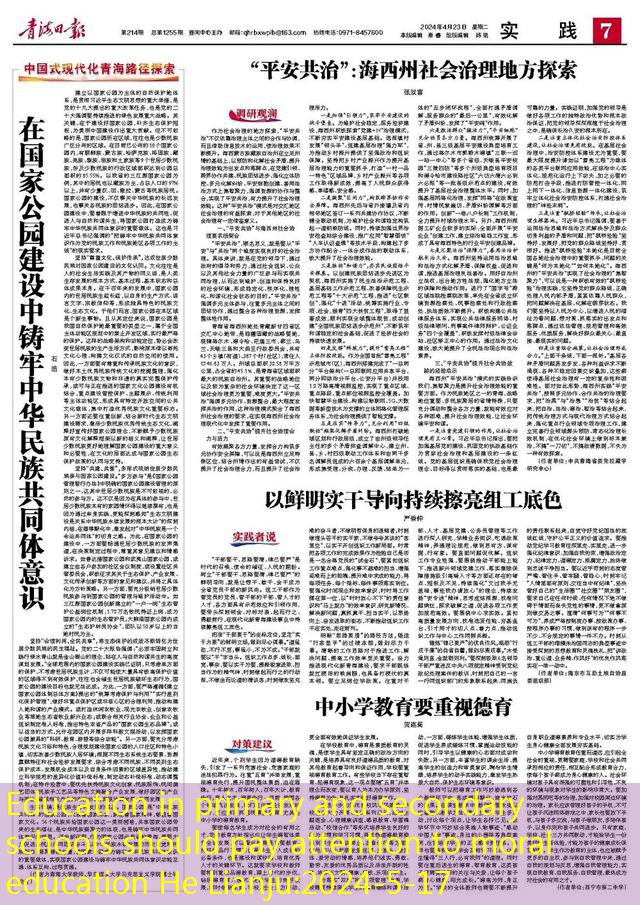Introduction:
In April 1994, a horrifying event unfolded in Rwanda that would forever be etched in the annals of history – the Rwandan Genocide. As tensions between the Hutu and Tutsi ethnic groups reached a boiling point, a wave of violence and mass killings erupted, engulfing the country in unimaginable chaos and devastation. Over a span of 100 days, an estimated 800,000 people lost their lives, leaving behind a scarred nation and a world in shock.
Description:
Despite decades of underlying ethnic tensions, the spark that ignited the Rwandan Genocide can be traced back to April 6, 1994. On that fateful day, a plane carrying the presidents of Rwanda and Burundi was shot down as it prepared to land in Kigali, the Rwandan capital. This tragic event marked the beginning of an organized campaign of violence and hatred against the Tutsi minority.

Within hours of the plane crash, extremist Hutu militias, armed with machetes, guns, and other weapons, unleashed a wave of terror across Rwanda. Roadblocks were set up, identifying individuals with personal identification cards, which indicated one’s ethnicity. The Hutu militias embarked on a systematic killing spree, targeting Tutsis and moderate Hutus who advocated for peace.
Rwandans of Tutsi descent were targeted through a well-coordinated network of communication, fueled by hate speech and propaganda disseminated through radio stations and word of mouth. Schools, churches, and other places of refuge became scenes of unimaginable horror, with innocent men, women, and children falling victim to the brutal attacks. Rape, mutilation, and torture were rampant, as the killers showed no mercy or distinction in their victims.
As the world watched in disbelief, the international community’s response to the crisis was slow and ineffective. Despite the United Nations having a peacekeeping force present in Rwanda at the time, the troops were ill-equipped and greatly outnumbered. Political maneuverings and a lack of decisive action resulted in the inability to intervene and halt the bloodshed.
Amidst the horrors of the Rwandan Genocide, acts of bravery and solidarity emerged. Some Hutus risked their own lives to shelter Tutsis, and a limited number of peacekeeping forces and humanitarian workers worked tirelessly to provide aid and support to those in need. However, these efforts were overshadowed by the overwhelming scale of violence and death.
It was only in July 1994 that the Rwandan Patriotic Front, a Tutsi rebel group led by Paul Kagame, managed to gain control of the country and put an end to the genocide. The aftermath of this horrific event was a shattered nation, traumatized survivors, and a global community grappling with guilt for its inaction.
Conclusion:
The Rwandan Genocide of 1994 serves as a haunting reminder of the horrors that can unfold when ethnic tensions escalate unchecked. Its deep scars continue to be felt to this day, as Rwanda strives to rebuild, reconcile, and heal. The international community’s failure to prevent and intervene in this catastrophe also stands as a stark lesson in the importance of timely and decisive action in the face of such atrocities.





